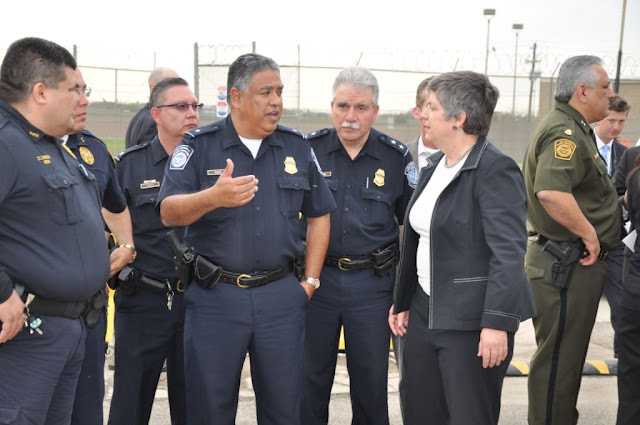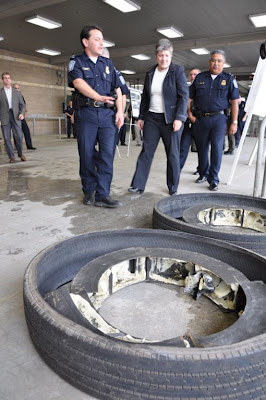Posted by: Lars Anderson, Director, Public Affairs, FEMA
Over the past few weeks firefighters from local, state, and federal agencies have been tirelessly operating to battle a number of large fires across the country. Most importantly, we want to recognize their sacrifice and determination to protect lives and house. Thousands of very first responders from all levels of government have come collectively to bravely fight the blazes on the front lines.
FEMA continues to coordinate closely with our state, nearby, and tribal partners as the fire fight continues. In ten instances considering that June 1, FEMA has made economic help offered to support the firefighting efforts for fires in Montana, Utah, Colorado, and New Mexico. This assistance is offered by way of Fire Management Help Grants (FMAGs).
FMAGs provide economic help so firefighters and 1st responders can concentrate all their efforts on decreasing the negative impacts of the fire. An FMAG authorization makes FEMA funding offered to pay 75 percent of the state’s eligible firefighting fees, beneath an authorized grant structure.
Products eligible for FMAGs can contain expenses for field camps equipment use, repair and replacement mobilization and demobilization activities and tools, supplies and supplies.
In case you are interested in the specifics, the program allows for the “mitigation, management, and control” of fires burning on publicly or privately owned forest or grasslands which threaten such destruction as would constitute a major disaster. FMAGs are provided via the President’s Disaster Relief Fund and produced accessible by FEMA to assist in fighting fires that threaten to trigger a significant disaster.
A note on FMAGs: These grants do not provide assistance to individual property or business owners and do not cover other infrastructure harm triggered by the fire.
Other federal partners, such as the U.S. Forest Service and Division of Interior, are operating by way of the National Interagency Fire Center (NIFC) to provide the required assets such as fire engines, helicopters, air tankers and military support to assist suppress the fires. You can find a lot more about the federal government’s part at inciweb.org.
Due to summer season temperatures and dry conditions, the threat of wildfires will probably continue in the coming weeks and months. If you’re in an area that may possibly be impacted by wildfires, keep in mind these safety suggestions:
- Generate a emergency kit and plan to ensure your home, family members, or enterprise is prepared for wildfires.
- Listen to and stick to the guidance of state and regional officials. If authorities order an evacuation, leave immediately, adhere to evacuation routes announced by regional officials.
- Produce an location of “defensible space” around your house. Clear things that will burn from around the property, which includes wood piles, lawn furnishings, barbecue grills, tarp coverings, and so on.
- If you’re caught in the open in the course of a wildfire, the ideal temporary shelter is in a sparse fuel location. Clear fuel away from the area although the fire is approaching and then lie face down in the depression and cover your self. Remain down till following the fire passes.
For a lot more suggestions on staying protected before, throughout and after a wildfire, check out Prepared.gov/wildfires and our mobile website (m.fema.gov).

 We visited the Port of Hidalgo, Pharr Bridge, CBP’s Air and Marine Branch, and the Border Patrol Forward Operating Base near Falcon Heights where we noticed firsthand some of CBP’s abilities along the Southwest border and latest investments in personnel, technologies, and infrastructure. I had the privilege of hearing from and personally thanking some of the dedicated males and females on the front lines. They function hard each and every day, at great personalized threat, to maintain the communities along the border and our whole nation safe and sound.
We visited the Port of Hidalgo, Pharr Bridge, CBP’s Air and Marine Branch, and the Border Patrol Forward Operating Base near Falcon Heights where we noticed firsthand some of CBP’s abilities along the Southwest border and latest investments in personnel, technologies, and infrastructure. I had the privilege of hearing from and personally thanking some of the dedicated males and females on the front lines. They function hard each and every day, at great personalized threat, to maintain the communities along the border and our whole nation safe and sound.